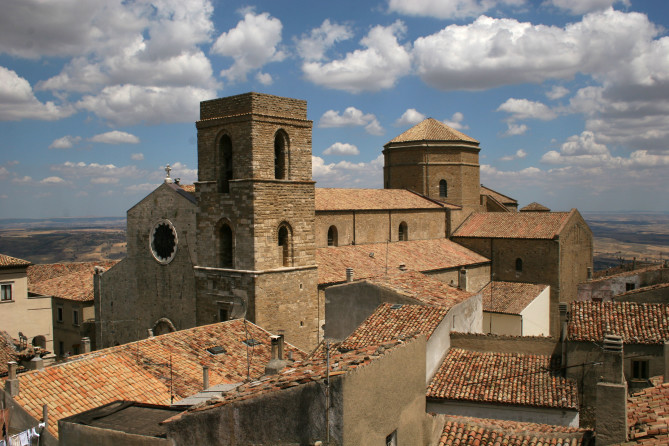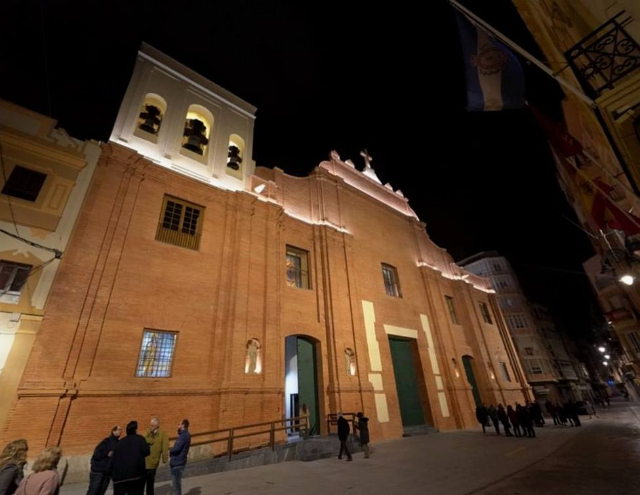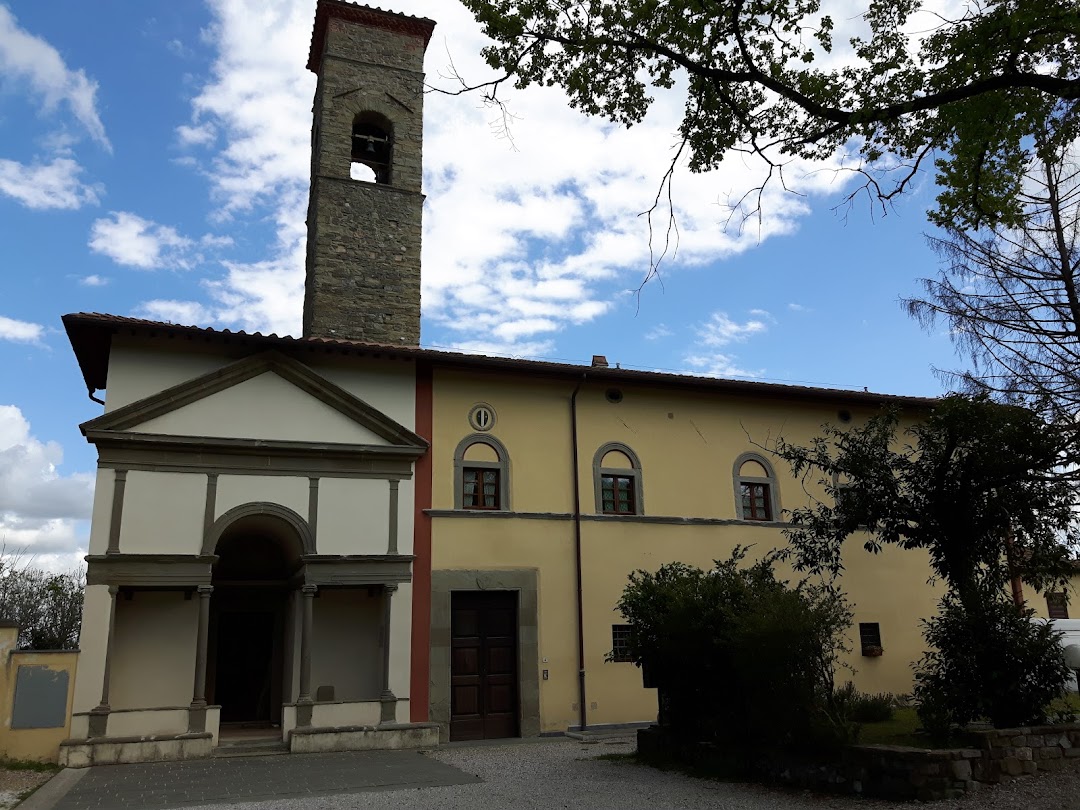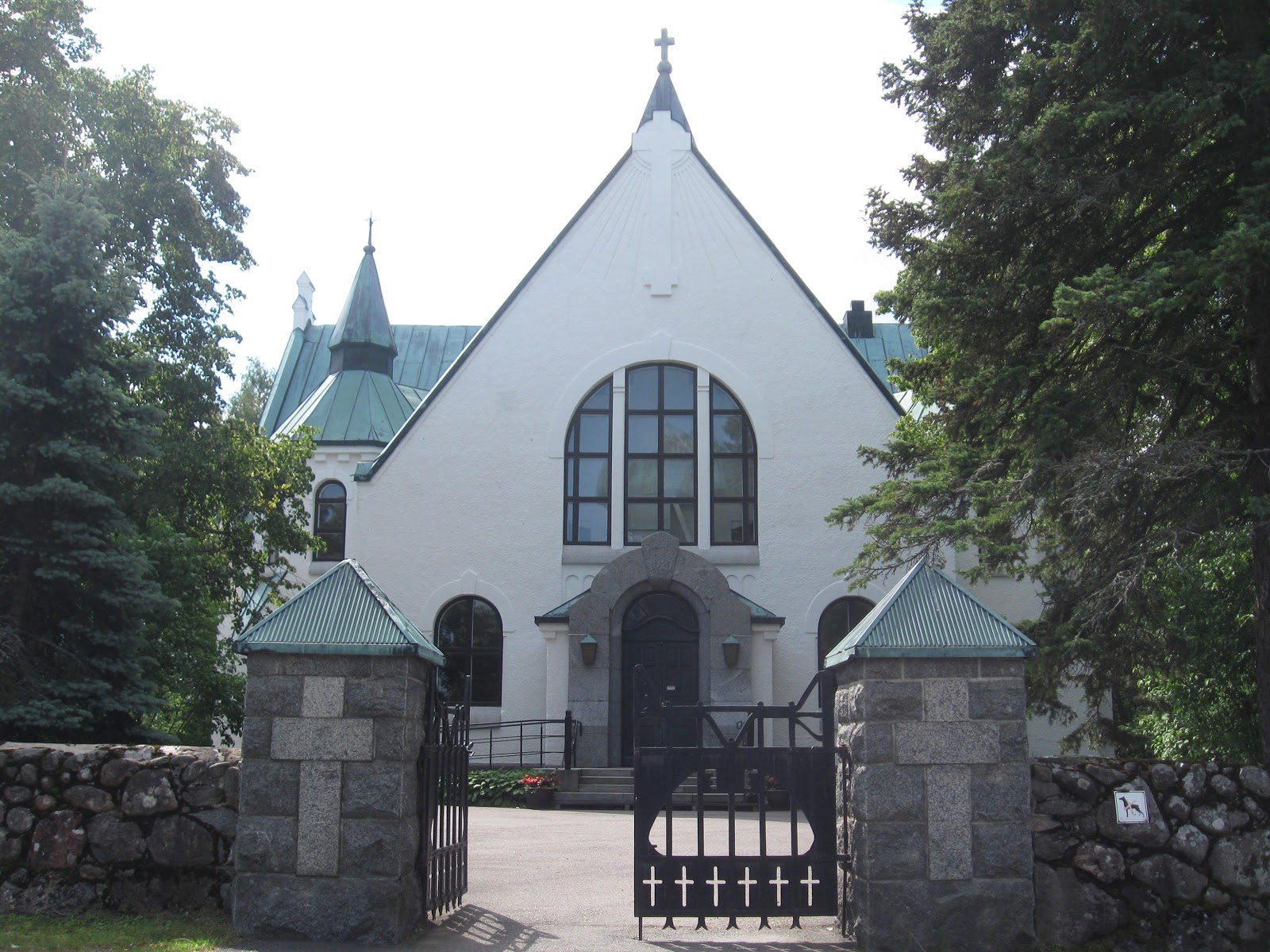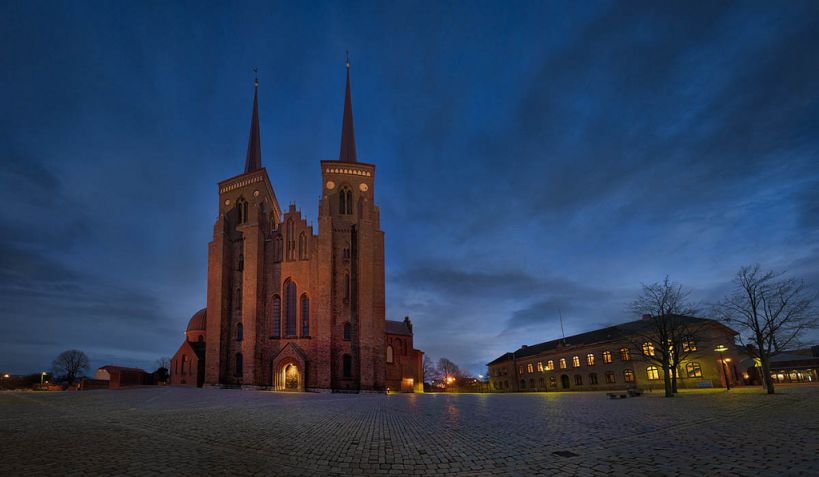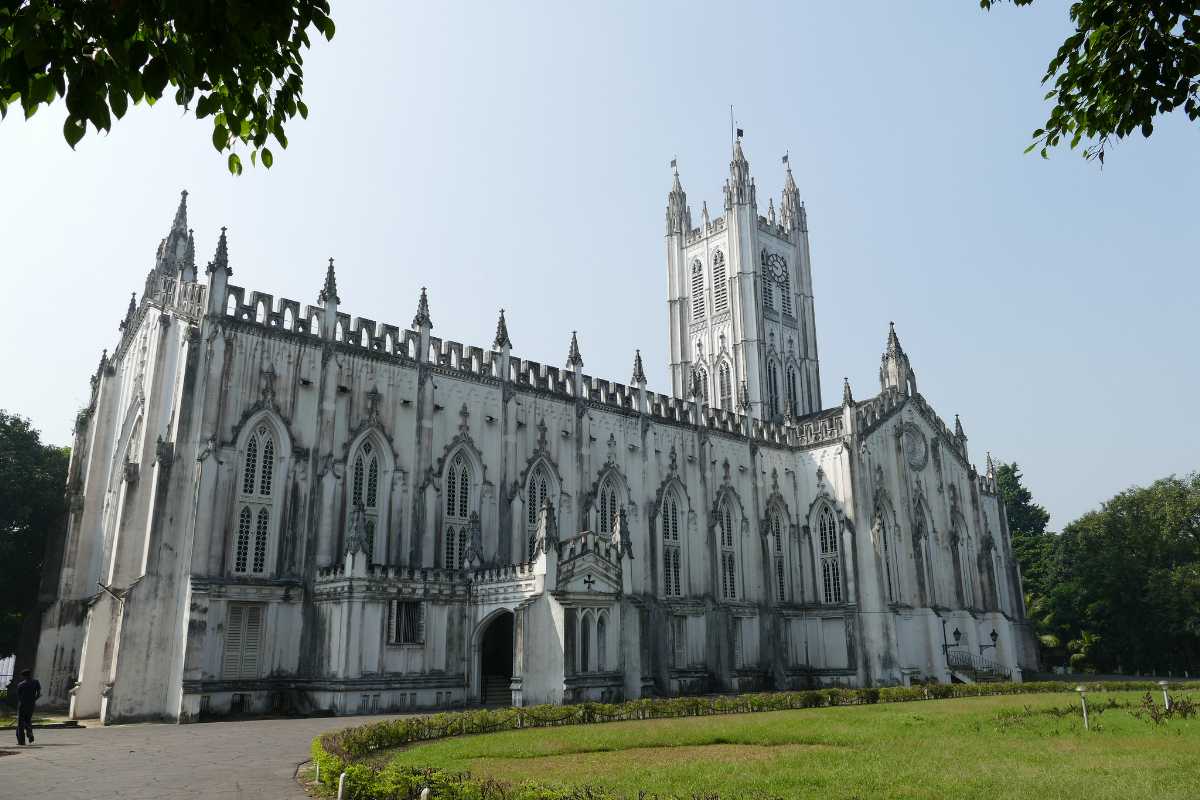The present cathedral was built between the 11th and 13th centuries on the remains of an earlier early Christian church, which in turn was erected on what remained of an ancient Roman temple dedicated to Hercules Acheruntinus.
In 1281 the church was partially rebuilt in Romanesque-Gothic forms, with a peribolos with three divergent apses as in other churches in southern and central Italy and a facade with three portals.
In 1456 the Romanesque cathedral was severely damaged by an earthquake; also, due to a long series of nonresidential archbishops, the building fell into a state of neglect.
Only in 1524, at the behest of the Counts Ferrillo of Acerenza, did the complete restoration of the church begin. Two square bell towers were added to the façade, covered with a wall of small drafts, one at the right portal, the other at the left portal, which, however, was lost. In the same year the crypt was reconsecrated. In 1555 Master Pietro di Muro Lucano remodeled the right bell tower in Renaissance style, as attested by the inscription walled in the tower: " Ioannes Michael Saracenus SS R E Presb. Card. Archiep. Acherentin. erexit. MDLV " and, under the first lancet window, the still legible name mastro Pietro of Muro Lucano.
After the 1921 earthquake, the bell tower dome was replaced with a terrace, while in 1934 the cathedral dome was rebuilt because the 1930 earthquake severely damaged the original cylindrical dome. With the same restoration inside, Baroque additions were removed.
In 1954 Pope Pius XII elevated the cathedral to the dignity of a minor basilica.
The cathedral, 69 meters long and 23 meters wide, is in the shape of a Latin cross with a nave and two aisles divided by 10 pillars with a trussed ceiling; at the entrance on the right is the doorway to the bell tower with a stone spiral staircase that, on the first level, connects with the choir loft above the entrance; walking down the right aisle one notices the door to the sacristy, then one enters the transept, which has two semicircular chapels at its ends.
In the one on the right, of notable historical-artistic value is the large polyptych, the work of Antonio Stabile from 1583; it depicts Our Lady of the Rosary with St. Thomas Aquinas and 15 stories from the lives of the Virgin and Jesus; around the central painting unfold the 15 panels where the 15 mysteries of the rosary are represented, and two twisted columns in gilded wood support the tympanum in which a Holy Trinity by an unknown author is placed. A baptistery was also placed here, with a helical fluted column under a monolithic basin made of 11th-century profidus.
On the left transept altar is a 1570 Pietà by Antonio Stabile inside a rich marble archway, probably by Pietro di Muro Lucano, and a second painting in the lunette depicting The Last Supper by an unknown author. In the same arm, the baroque altar of the presbytery was reassembled.
The chancel, raised above the floor level of the basilica, has a peribolos around the choir overlooked by three radial chapels. On the walls of the peribolos can be seen cubic capitals and three partly fluted columns from ancient monuments, and 16th-century frescoes: a Madonna and Child and figures of saints, including St. Francis of Assisi, St. Jerome in the niche jambs, and St. Peter with an epigraph, can be recognized.
The three Romanesque chapels with vaulted ceilings are dedicated the first to St. Michael the Archangel, with opulent Baroque decoration, a 17th-century statue of the Archangel and a wooden statue of St. Roch, an elegant balustrade by Anton Ludovico Antinori from 1754, and, in the altar, two wooden statuettes under glass bells; the second to St. Marianus, with relics of the saint and a gilded wooden statue from 1613; and the third to St. Canio, with a Baroque altar and 17th-century wooden bust of the saint, enclosing the 8th-century stone one.
Below the presbytery is the crypt, or Ferrillo Chapel, consecrated in 1524, an important testimony to the Renaissance, remade on the model of the more famous crypt of the Succorpo di San Gennaro in Naples Cathedral, by Tommaso Malvito of Como. The crypt consists of a square space in which four central columns with tall decorated pulvinos support the nine-bay low cross vault.
Opposite the entrance is a small altar surmounted by a niche containing the Ferrillo family tomb attributed to Francesco da Milano, with portraits of Giacomo Alfonso Ferrillo and Maria Balsa. The walls are covered at the bottom with recently restored frescoes by Giovanni Todisco of Abriola, depicting St. Andrew, St. Jerome, the Adoration of the Magi and finally the Woman of the Apocalypse, and at the top have fluted pilasters. In the vault still frescoes by Giovanni Todisco from Abriola with the Apostles, the four Evangelists and in the roundels St. Francis, St. Anthony, St. Bonaventure and St. Dominic low and high. To the left of the entrance is a stoup containing a relief with four fish. The crypt and the cathedral itself are very reminiscent of the Knights Templar.
The elements of interest in this majestic church, an archiepiscopal seat since 1059, the year the Council of Melfi sanctioned the alliance between the Papacy and the Normans of the South, are indeed many: the absence of the cross and the presence, in its place, of the bust of Julian the Apostate, persecutor of Christians; the small barricaded window in the crypt for some 500 years surrounded by pagan symbols; the facade sprinkled with Templar crosses and with sculptures of two monkeys in the process of mating with two women, a symbol of sin left outside the church;
